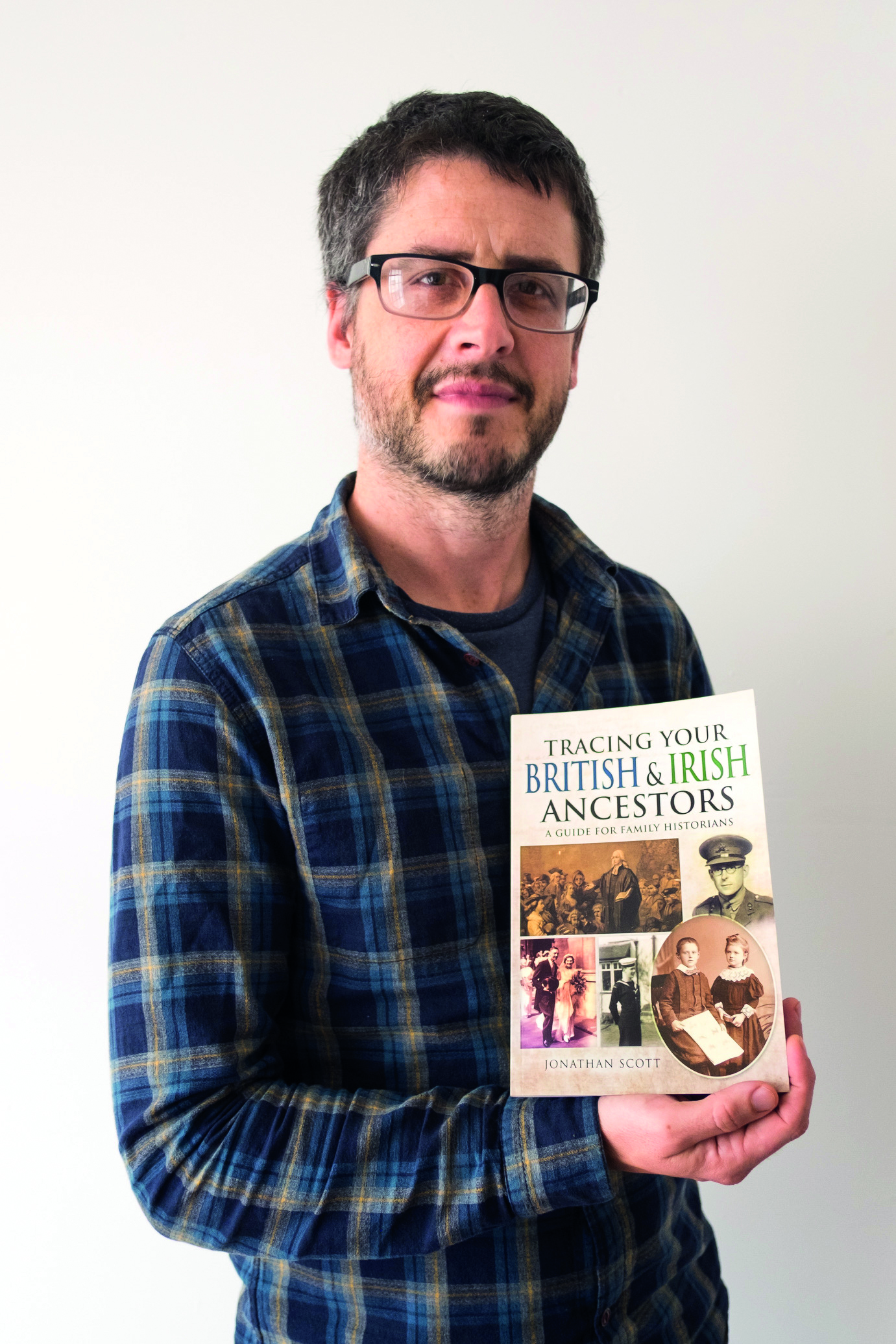British Army records present a fascinating challenge for family historians. How much can be achieved online will depend on many factors: time period, conflict, regiment and of course luck. With the First World War, for example, roughly two thirds of 6.5 million soldiers’ documents were damaged or destroyed in the Blitz in 1940, when a bombing raid struck the War Office in Arnside Street. What remains, referred to as ‘Burnt Records’, are held at The National Archives (TNA) in Kew in series WO 363, while the undamaged records reside in WO 364. The good news is twofold – first, all of these have been digitised and are available through various commercial sources, and second, service records are only part of a soldier’s paper trail. These websites will help you look up your ancestors’ British Army records and more information about their military service.
British Army records: The best websites
1. Ministry of Defence
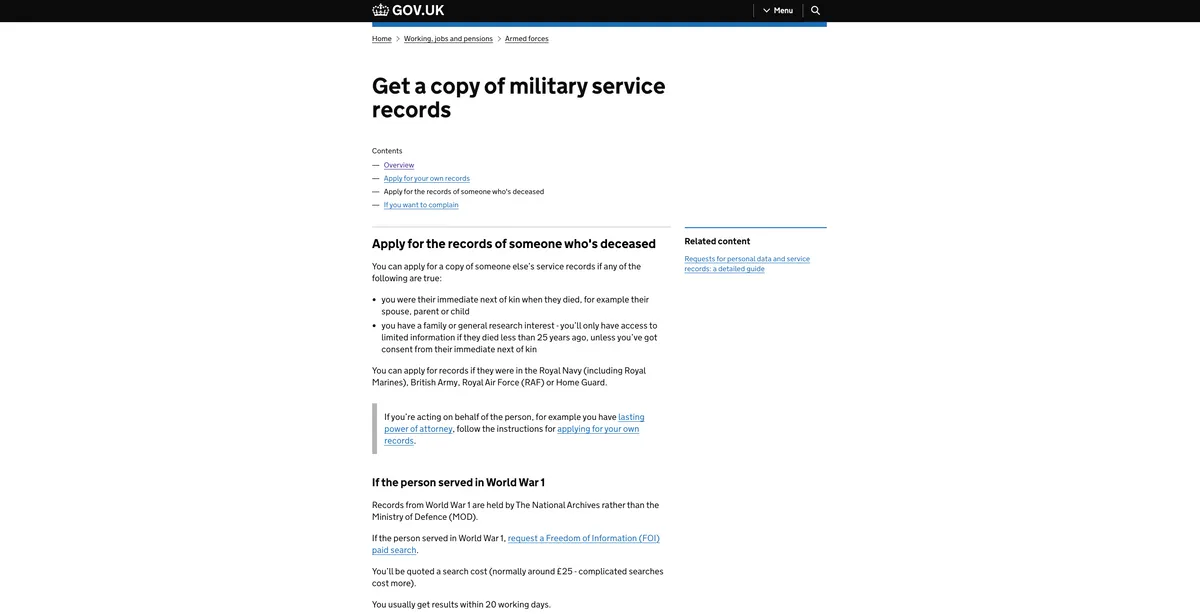
The Ministry of Defence currently holds most post-First World War British Army records, although it is in the process of transferring these records to The National Archives, with the transfer due to be completed in 2027. You will need to apply to them to order records of deceased service personnel. If the person died less than 25 years ago, you can only order the records if you are their next of kin or have consent from the next of kin. However, the MoD warns that record orders can take up to a year, with some family historians reporting longer delays.
2. The National Archives’ Research Guides
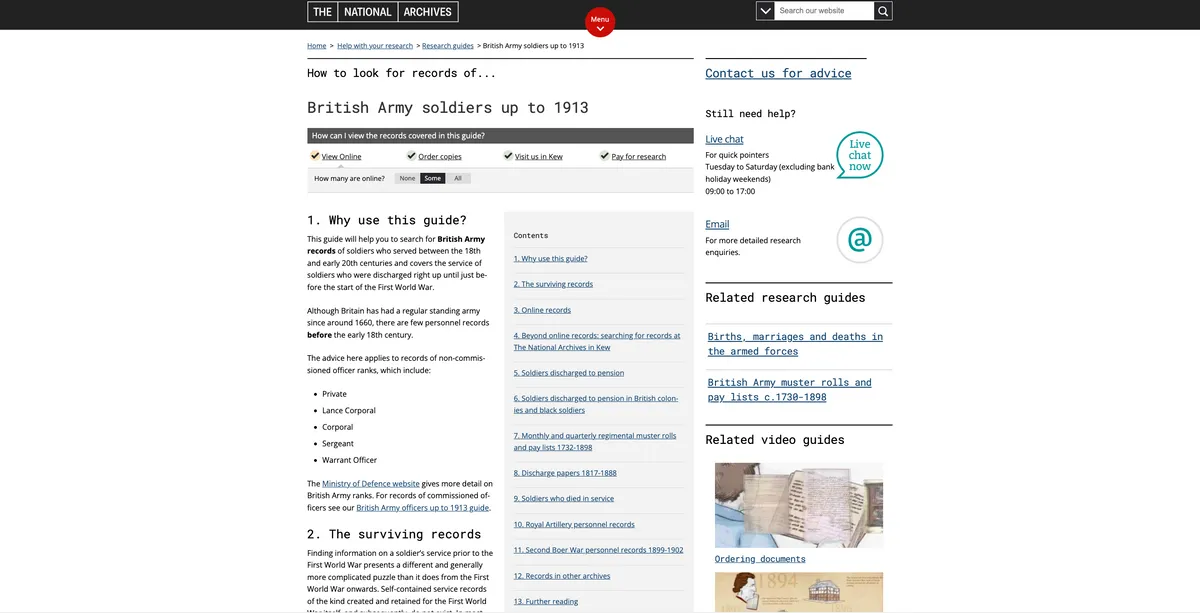
The National Archives’ ‘up to 1913’ research guide for soldiers in the British Army is just one of numerous all-encompassing guides divided by time period, soldier/officer and campaign. These sit alongside specialist research guides to particular subjects or types of records, such as ‘British Army Muster Rolls and Pay Lists c.1730–1898’. Starting here, you can find out about what kind of records survive, where they are and which of the records are accessible online, before delving into specific collections such as Royal Artillery personnel records, Second Boer War material, discharge papers and soldiers who died in service.
3. Ancestry
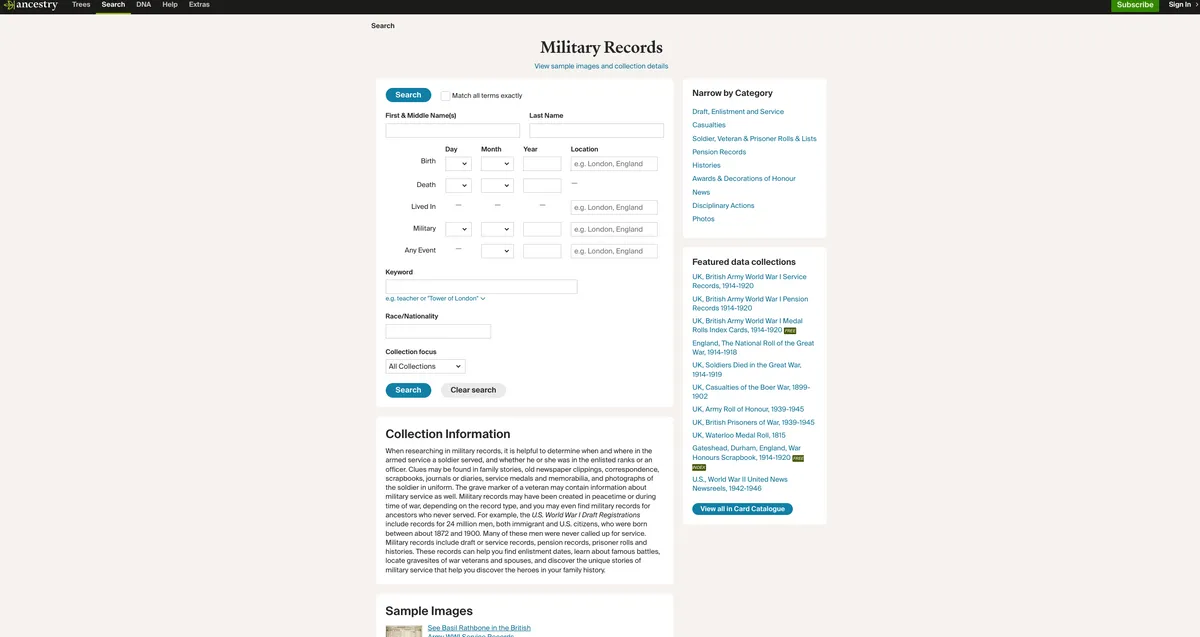
The website’s military holdings include Chelsea Pensioner records and First World War pension records, enlistment and service records, awards, casualties and decorations. Note that many of the records are only available on Ancestry’s special military records website, Fold3, which requires an All Access subscription. You can also now access Ancestry and Fold3 military records on Forces War Records, which was purchased by Ancestry. Ancestry will also eventually digitise the Second World War military records held by the Ministry of Defence.
4. Findmypast
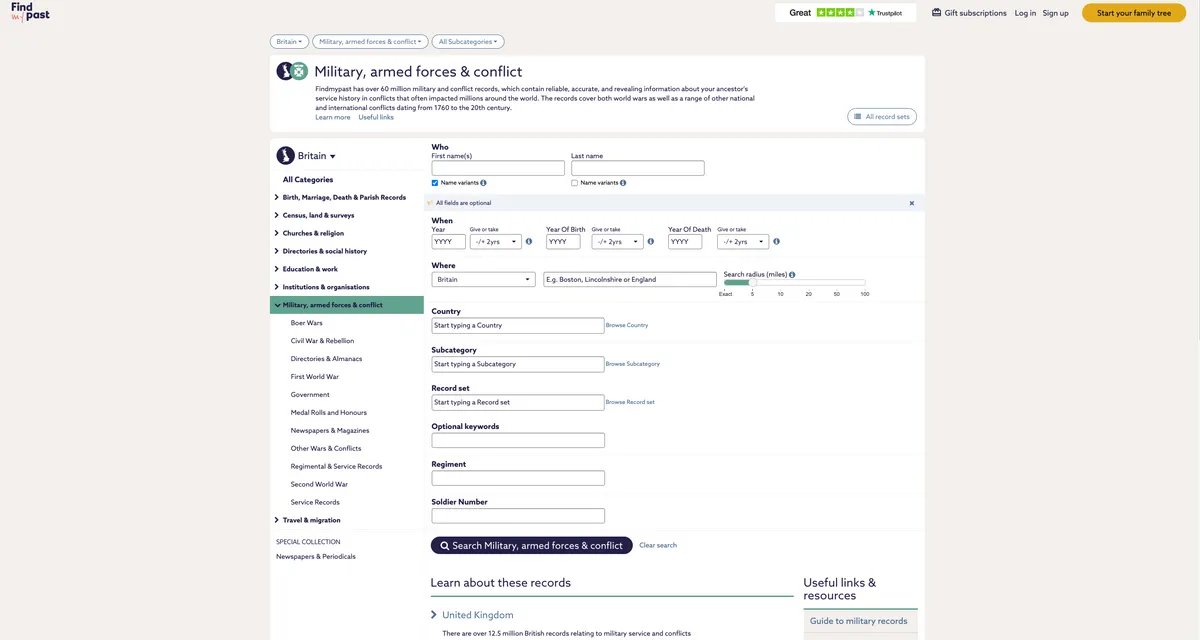
Explore the datasets in the website’s ‘Military, Armed Forces & Conflict’ category. It holds over 60 million records, including Boer War records, Second World War records and Chelsea pensioner records.
5. The Long, Long Trail
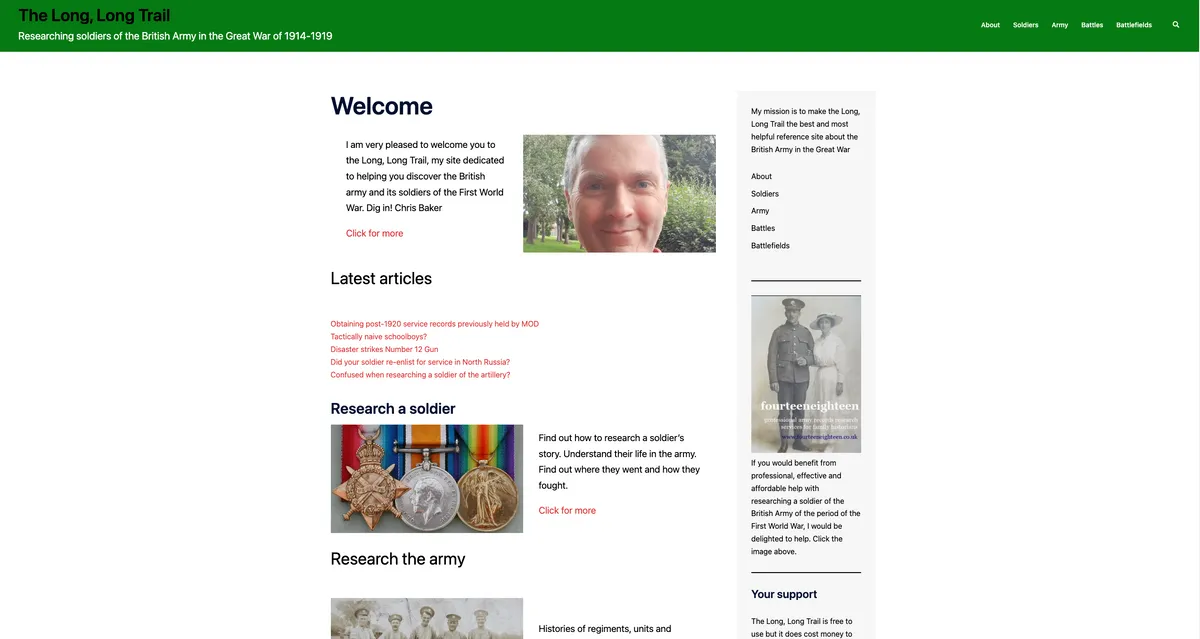
When researching a soldier who served in the First World War, there’s no better starting point than Chris Baker’s website. The main signposts take you to dedicated sections focusing on researching soldiers, the Army, battles and battlefields. The ‘Army’ section is excellent if you’re digging into the wider context of regiments, units and formations, as well as regulations. The ‘Soldiers’ section divides into two: how to research a soldier, with guides to locating records and what they reveal, and the wider ‘A soldier’s life’ section, which takes you through each stage of a soldier’s service to help interpret records. There are also pages on civilian groups that then came under the Army’s control, such as Queen Alexandra’s Imperial Military Nursing Service.
6. National Army Museum
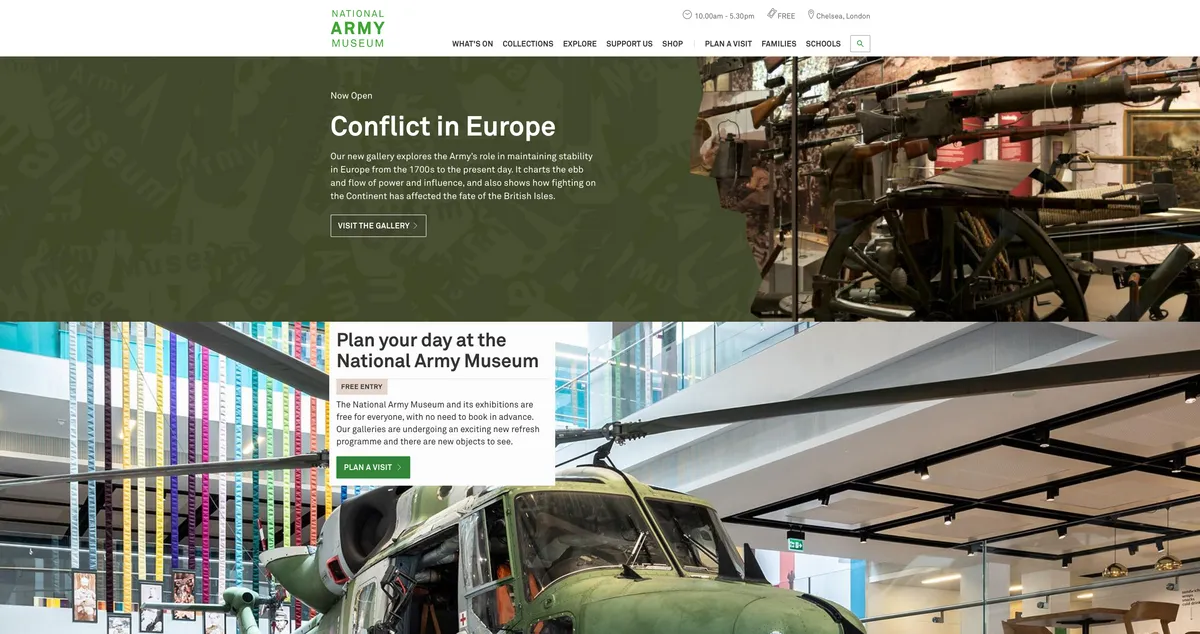
The website of the National Army Museum in Chelsea has a wealth of resources, including background reading, guides for family historians, and information about the museum’s research centre. You will also find details of its collections, including soldier’s effects ledgers created by the War Office to record what was owed to those who died in service. They run from 1901 to 1960, covering the end of the Second Boer War and the world wars. These normally contain name, rank, regiment, service number, date and sometimes place of death, name of the next of kin, and how much they received. The records for 1901–1929 are on Ancestry.
7. Commonwealth War Graves Commission
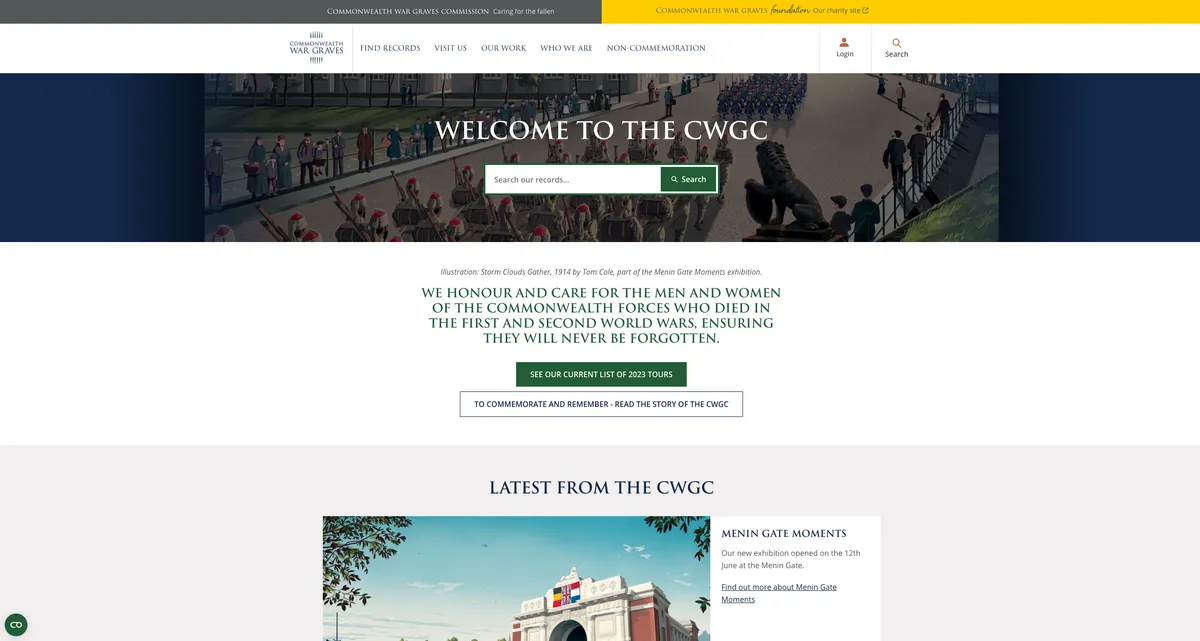
The commission’s searchable record of the 1.7 million men and women of the Commonwealth forces who died in the First and Second World Wars is often the first website a new family historian will visit. If, while using the ‘Search in War Dead’ facility, you’re overwhelmed with an enormous number of possible matches, you can either refine and narrow your search, or click the ‘More Details’ button next to an entry to help confirm if it’s the person you’re looking for. Each record will normally include regiment and unit, service number, date of death, burial place, and ‘Additional Info’ – the latter often includes the next of kin.
8. The Sandhurst Collection
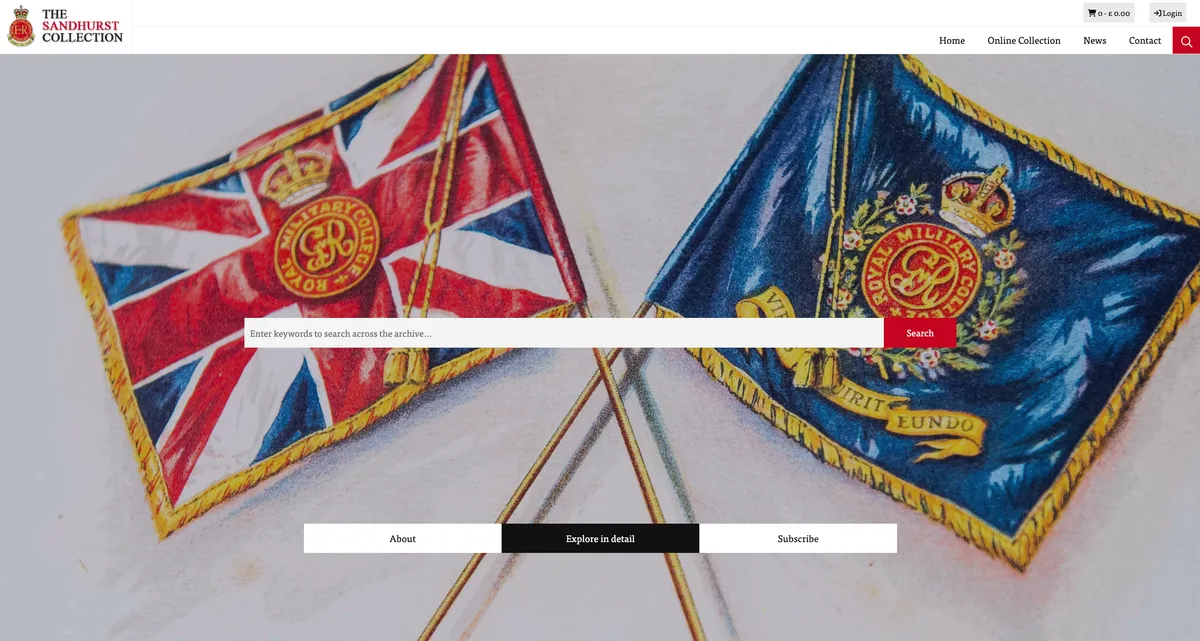
Sandhurst preserves and manages the records of the academy and its predecessors: the Royal Military College Sandhurst (1799–1939) and the Royal Military Academy Woolwich (1741–1939). You can road-test the register volumes by typing a name in the search engine and selecting ‘Cadet’ and/or ‘Staff’. Each search result should provide enough information to let you know if it’s a successful hit – it gives the name, type of register entry, position, and years of admission, commission and leaving. Downloading a single document costs £5.99, or you can subscribe for access across the entire database.
9. Expert’s choice: The Ogilby Muster
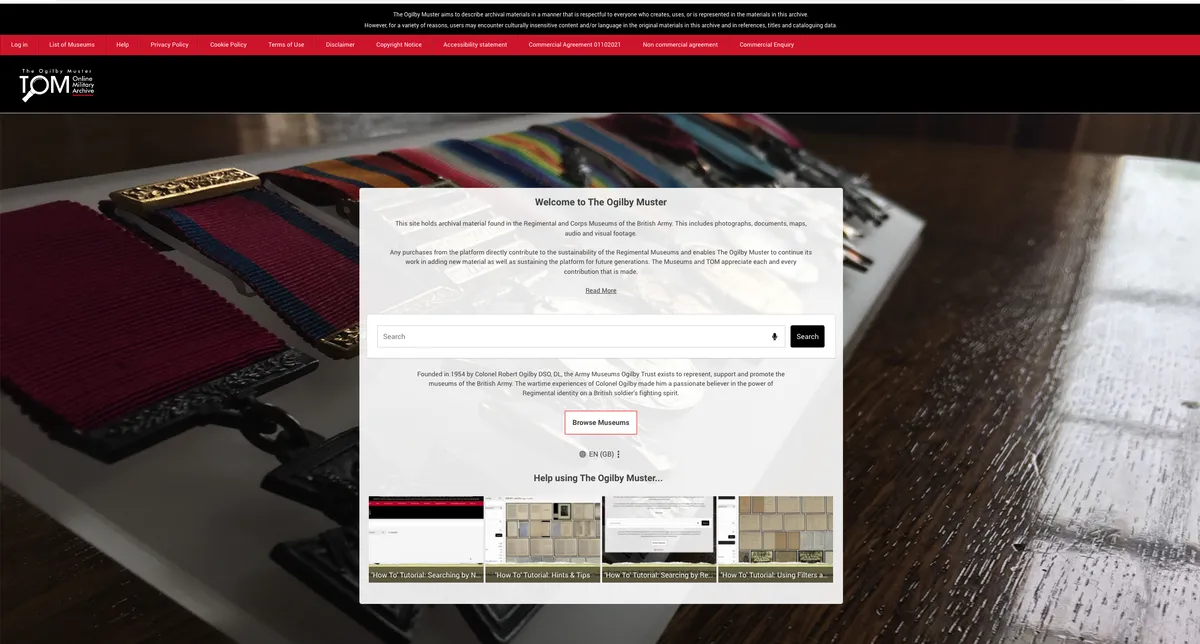
Chosen by Kevin Asplin, professional military genealogist and military author:
"The Ogilby Trust supports and promotes the regimental and corps museums of the British Army. The parent website has been a regular bookmark for military historians for years – the place to find out what museums are where, and so a useful directory for when you’re ready for a deep dive into a regiment’s history. The Ogilby Muster website enables you to search digitised material from across members’ collections. Of course, regimental museums vary a great deal in terms of the amounts of archival material they preserve. And over the years many have made finding aids, transcriptions, indexes, images and other digitised content available. The Ogilby Muster, for the first time, offers a ‘one-stop shop’ where you can search for references in catalogued documents, private papers and diaries, photos and maps, regimental histories and more.
"You can search by name or keyword, then filter results by date range, ‘Era’ (eg ‘World War One, Gallipoli’ or ‘World War One, Home Front’), or narrow your research to a single regimental collection, and if you create a free account and log in you will see full details of the record. There are already more than 75 participating collections, and more are joining during the year. For example HorsePower in Winchester, the museum of the King’s Royal Hussars, joined at launch – this selection alone comprises about 12,000 images from the First World War."
British Army records: More websites
10. Anglo Boer War
This site has unit histories, soldiers’ records, a forum, digitised books, images, articles and technical details of honours and awards.
11. British Battles
Learn about countless battles – each entry has narratives, illustrations and hand-drawn maps.
12. Imperial War Museum Collections
Learn about IWM’s letters, personal diaries and unpublished memoirs of servicemen and women.
13. Prisoners Of The First World War
Explore International Red Cross index cards for servicemen and civilians in detention camps.
14. The Gazette
Search announcements of gallantry awards in back issues of The London Gazette.
15. The Second Anglo-Afghan War 1878–1880
This site includes a list of regiments that served in the conflict, and a searchable database with biographical information about participants.
